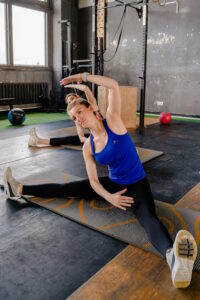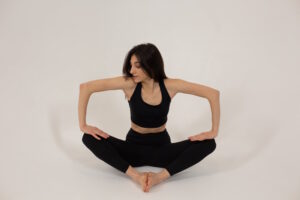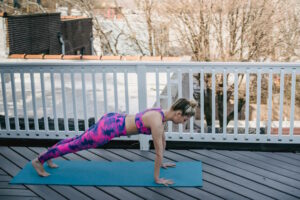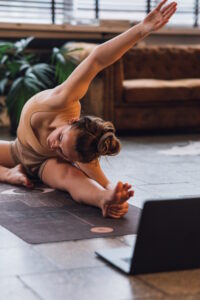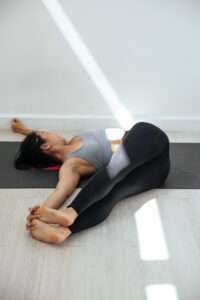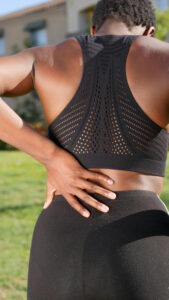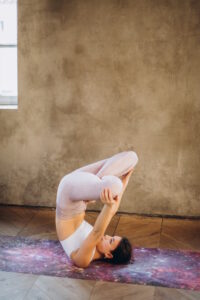
As you progress in your Pilates journey, the pursuit of advanced techniques becomes an exhilarating endeavor. Advanced Pilates techniques offer a gateway to a higher level of core strength, stability, and control. These techniques delve deeper into the intricate connections between mind and body, fostering a profound transformation. In this exploration, we delve into the realm of advanced Pilates techniques for building core strength, unraveling the intricacies, benefits, and methods to achieve a more empowered and resilient core.
How Do You Build Core Strength for Pilates?
Building advanced core strength through Pilates involves a multi-dimensional approach that refines your foundational understanding and deepens your engagement. To elevate your core strength:
1. Refine the Basics: Mastery of advanced techniques hinges upon a solid grasp of Pilates fundamentals. Regularly revisit and refine basic movements, focusing on precision and control.
2. Mind-Body Connection: Enhance your mind-body connection by honing your ability to isolate and engage specific muscles. Cultivate awareness of each movement’s impact on your core.
3. Progressive Challenge: Gradually introduce more complex exercises that challenge your core from multiple angles. Progression can involve variations that increase intensity, incorporate props, or require greater flexibility.
How Can I Drastically Increase My Core Strength?
To drastically increase core strength in advanced Pilates, consider the following strategies:
1. Integrate Resistance: Utilize resistance bands, weights, or Pilates equipment like the reformer to introduce additional challenge. Resistance adds intensity and targets muscle fibers for significant growth.
2. Isometric Holds: Incorporate longer isometric holds in your exercises. Holding positions like planks, teasers, or bridges for extended periods enhances endurance and strength.
3. Dynamic Flow: Engage in fluid, dynamic sequences that transition seamlessly between exercises. This approach maintains a constant level of engagement, fostering strength throughout the entire routine.
What Is Considered the Hardest Pilates Workout?
Among the array of Pilates workouts, the “Pilates Chair” routine is often regarded as one of the most challenging. The Pilates Chair is a piece of equipment designed to challenge balance, stability, and core strength through a variety of exercises. It involves intricate movements that require precise muscle activation, coordination, and control. The Chair’s compact design intensifies the workout, making it a formidable choice for those seeking an advanced challenge.
Does Pilates Help Build Core?
Absolutely, Pilates is unparalleled in its ability to build core strength. Advanced Pilates techniques delve into deeper layers of muscle engagement, fostering remarkable core development. By emphasizing proper alignment, controlled movement, and mindful breathing, Pilates facilitates the activation and strengthening of deep core muscles, including the transverse abdominis, obliques, and pelvic floor.
Moreover, advanced Pilates techniques often involve dynamic, multi-dimensional movements that target different aspects of core strength. The integration of advanced exercises into your routine ensures that your core is continually challenged and strengthened.
In embracing advanced Pilates techniques for building core strength, you embark on a transformative journey. By refining your techniques, pushing your boundaries, and engaging in challenging exercises, you empower your core to reach new heights of strength and stability. This journey not only enhances your physical capabilities but also deepens your connection to your body, resulting in a stronger, more resilient, and empowered core.
